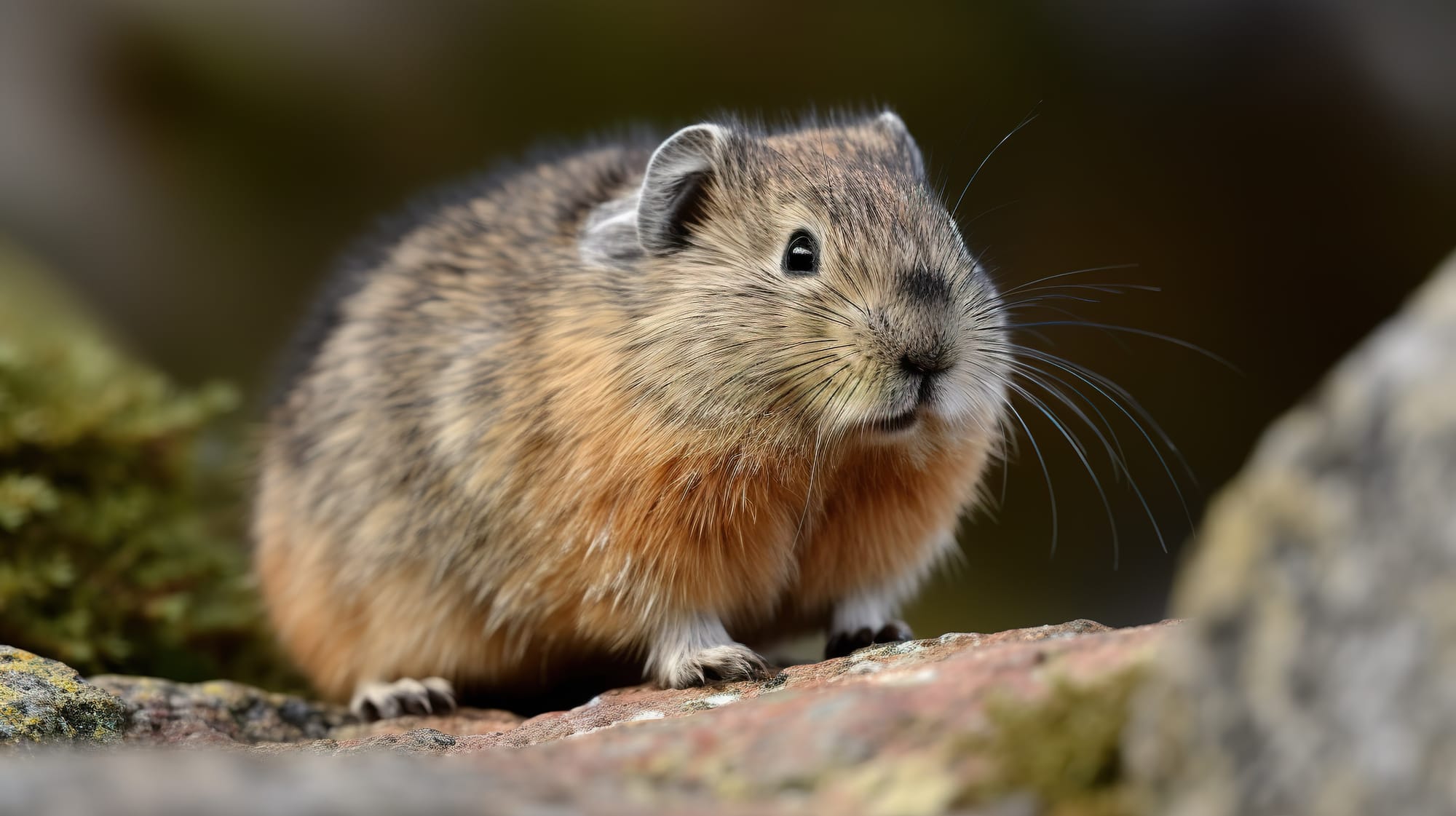Faux Lemming

When nature stories are not real.
One of my searing childhood memories is watching footage of lemmings committing mass suicide by leaping off cliffs into the ocean. How could I not be moved by scenes of mindless desperation as hordes of lemmings scampered across the Arctic tundra and pushed each other to their deaths?!

Dramatically narrated in Walt Disney's nature documentary White Wilderness, this story took on epic proportions that left you on the edge of your seat. In fact, the film was so compelling that it won an Academy Award for Best Documentary Feature and the lemming story was forever imprinted on the popular imagination.
The problem is Disney completely fabricated this story.
So, what are lemmings anyway? Lemmings are small (5-7 inches long) rodents closely related to voles and muskrats. They are abundant in the Arctic tundra and are a critical source of food for virtually every land-based predator in the Arctic.

Yes, it's true that lemming populations regularly rise and fall, and in years when their numbers increase 10-fold they can run out of space and food and start roaming. If they encounter a small lake or river, they might even swim across, but this is normal dispersal behavior and there is no mass migration or mass suicide.

Where the story takes a sinister turn is that the Disney filmmakers didn't simply make up a story, they also fabricated footage to support the story. [If you're interested, it's worth watching the original segment on YouTube below.]
In fact, the footage used in White Wilderness was shot in Alberta, where there are no lemmings and no ocean. To remedy this issue, the filmmakers paid Inuit children 25 cents to capture lemmings in Manitoba that were then transported to Alberta.

To create scenes where masses of lemmings are running together, the filmmakers herded them on a large spinning turntable. And for clips where lemmings plummet off a cliff, the filmmakers either pushed them over the edge or threw them in the water. It's clear in some scenes that the lemmings are desperately trying to scramble back up the slope, and it's obvious they're not falling into the ocean but into a muddy river where they're left to die in the service of telling a fake story.
Barbaric stories of animal manipulation or cruelty in filmmaking are all too common and deserve to be daylighted (the lemming story was revealed in a longer 1983 investigation called Cruel Camera), but I want to focus instead on how easily we can be duped by false nature narratives.

I'm shocked at how readily I absorbed and embodied this story simply because it made sense to me and was repeated countless times in popular media. Sadly, these kinds of false and dangerous stories are everywhere these days and I don't know how we're going to adapt to the shifting sands of this new reality. If nothing else, I promise you that this newsletter will always be a place for fascinating, deeply researched stories intended to keep our spirits up!

Member discussion